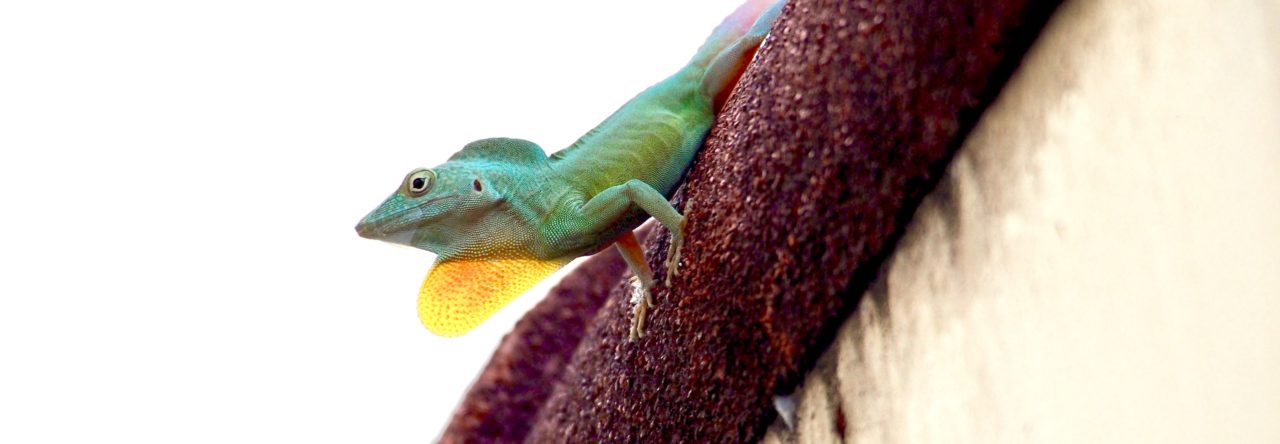 Darwin’s finches are the iconic example of adaptive radiation. Some researchers, including me, have had the temerity to suggest that the diversification of Caribbean anoles may join the finches as an exemplar case study. But just how similar are these two radiations, in terms of evolutionary pattern and process? And can we learn anything from a two-clade comparison? I explore these questions in a chapter in a recently released book that resulted from a symposium held two years ago to honor Peter and Rosemary Grant. My chapter concludes:
Darwin’s finches are the iconic example of adaptive radiation. Some researchers, including me, have had the temerity to suggest that the diversification of Caribbean anoles may join the finches as an exemplar case study. But just how similar are these two radiations, in terms of evolutionary pattern and process? And can we learn anything from a two-clade comparison? I explore these questions in a chapter in a recently released book that resulted from a symposium held two years ago to honor Peter and Rosemary Grant. My chapter concludes:
“Overall, adaptive radiation in Darwin’s finches and Greater Antillean anoles has occurred in very much the same way. Interspecific competition appears to have been the driving force leading to resource partitioning and subsequently adaptation to different niches, and speciation is probably primarily allopatric and may be promoted as an incidental consequence of adaptation to different environments. Differences exist as well, such as the extent of hybridization and of independent evolution on different islands; many of these differences probably result because the radiations differ in age and aspects of natural history.”
If you want to read the whole thing, it’s available here.
Incidentally, the book, In Search of the Causes of Evolution: From Field Observations to Mechanisms, presents a nice overview of the breadth of evolutionary biology, with chapters by workers as diverse as Dolph Schluter, Andy Knoll, Cliff Tabin, David Jablonski, Scott Edwards, David Wake and Hopi Hoekstra, among others.
- Evolution in Real Time on Lizard Island - March 23, 2025
- Spider Snags Adult Anolis osa - March 22, 2025
- An Homage to the Green Anoles of New Orleans - March 21, 2025


rglor
Looks like an interesting volume.